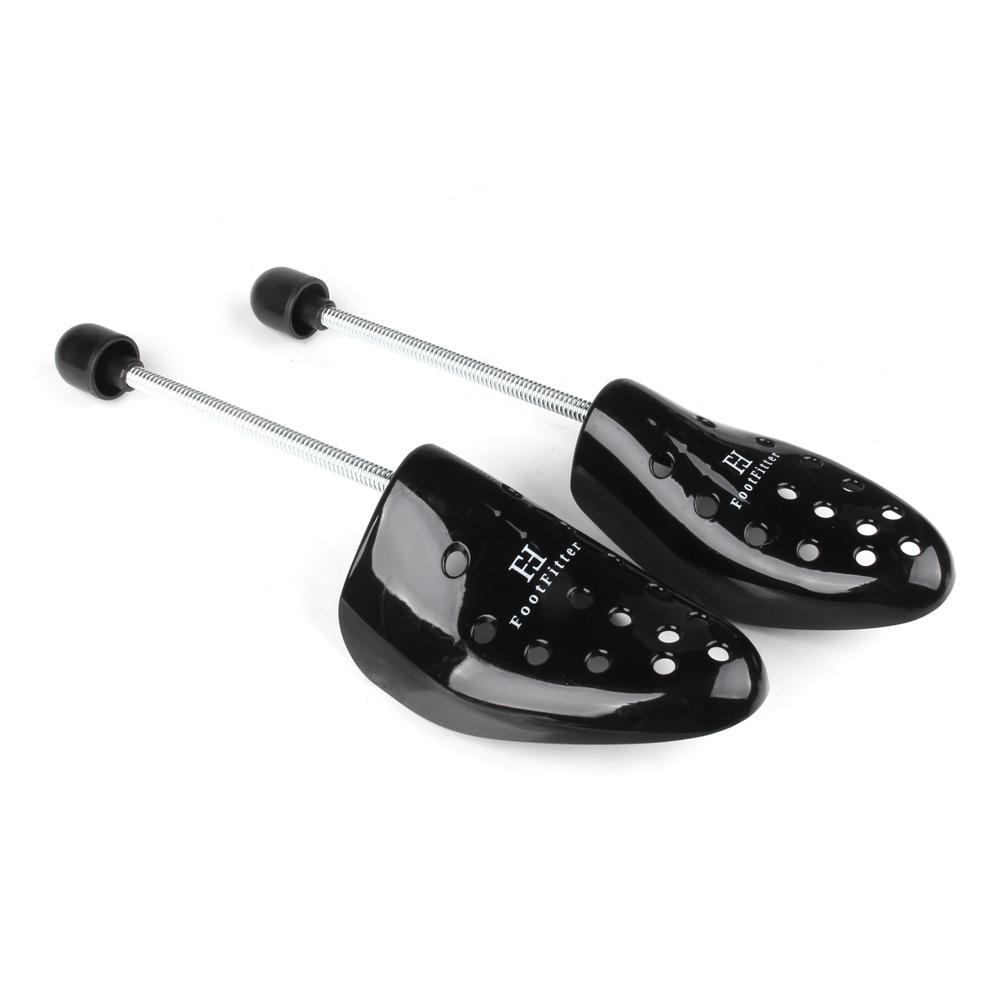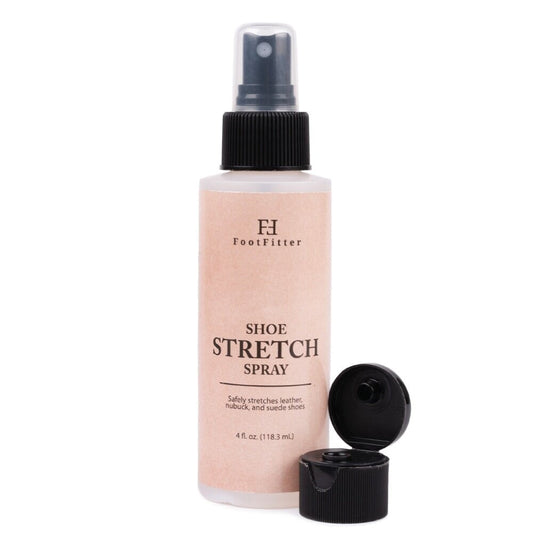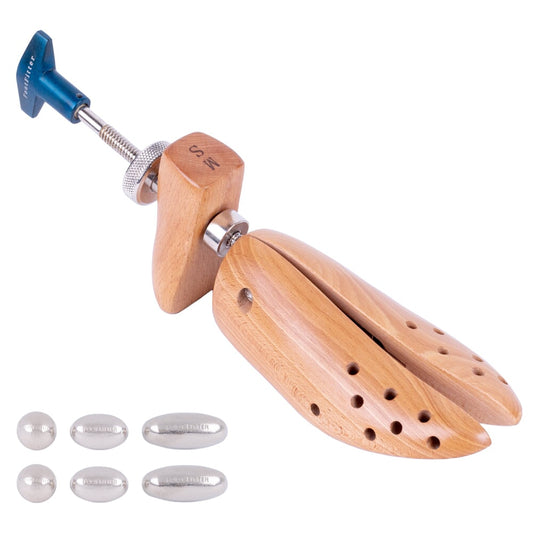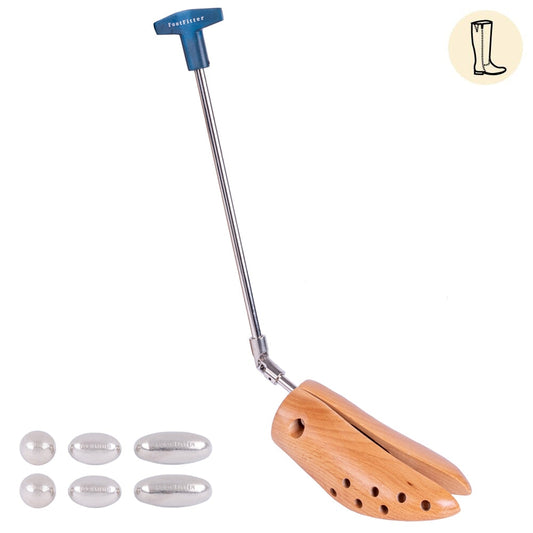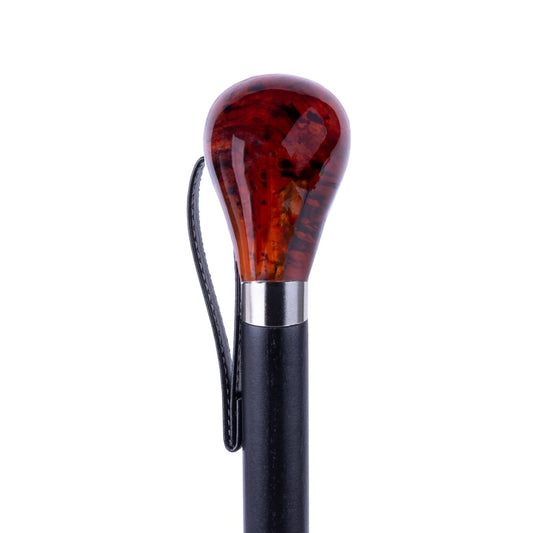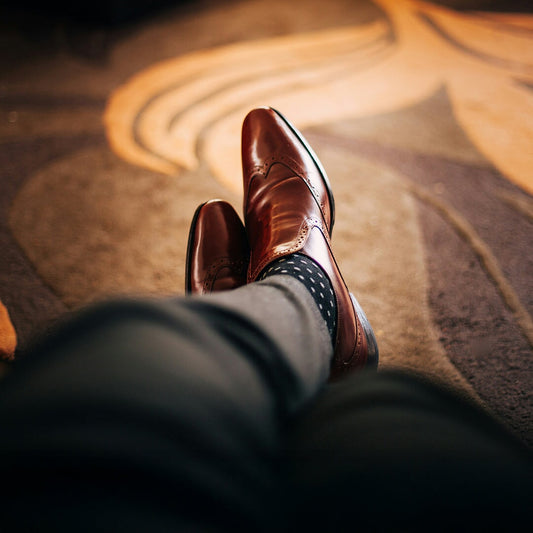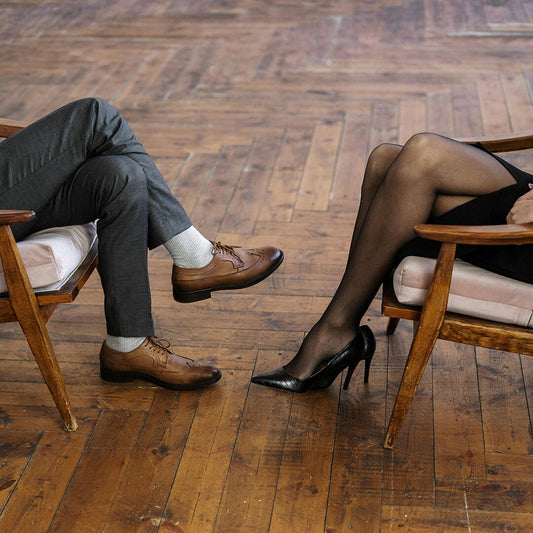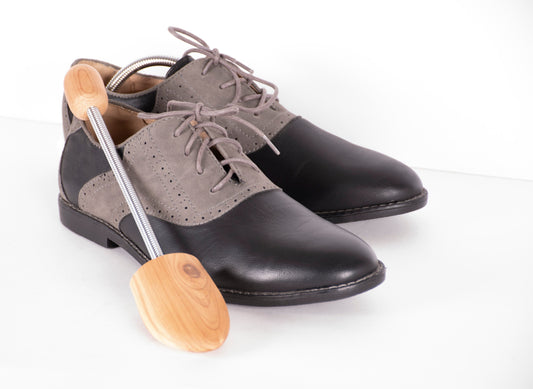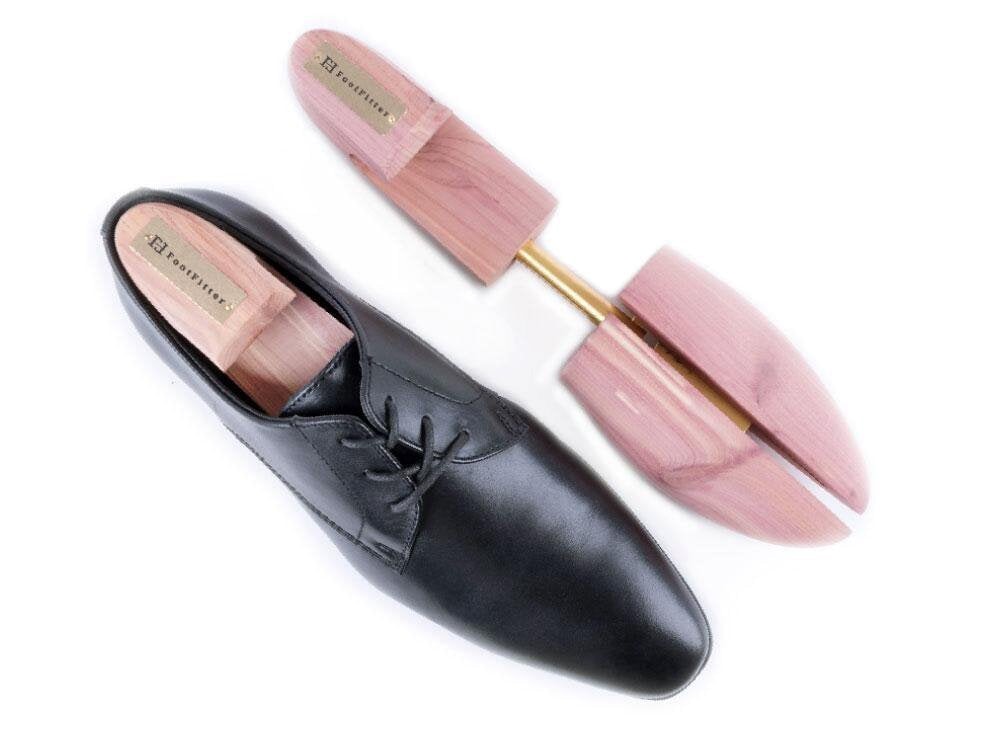
How to Maintain Your Shoe's Shape
Share
Maintaining the shape of your leather shoes requires you to pay attention to your footwear. This is especially true when you’re not wearing them.
Keeping the leather hydrated with shoe cream or leather conditioner will help keep creases to a minimum while also making it less likely for the material to crack.
However, if you truly want to make sure your shoes retain its crisp shape for as long as possible, you’re going to need to place something inside of the shoe.
We’re going to break down some of the options to maintain your shoe’s shape, ranging from budget-friendly to long-term investments.
Budget-Friendly: Acid-Free Tissue Paper or Plastic Shoe Trees
Excess moisture is not good for your leather goods. Too much of it will result in the weakening of the material and can negatively alter the shoe’s shape. This is a nightmare if you spent a lot of money on your shoes.
A cost-effective way of wicking away moisture is to stuff your shoes with acid-free tissue paper. Stuff your shoes with a decent amount of this paper so that your shoes can retain its shape while in storage.
It’s important that you use acid-free tissue paper as it will not damage the leather. This type of paper is treated to have a neutral pH level.
Paper that is made the standard way, like newspapers, will naturally be acidic. That’s because lignin — a natural polymer found in plant cells — causes paper to become acidic as it deteriorates.
Acidic paper can transfer acid to other materials. If you stuff your leather shoes with standard paper and leave it there for a long time, the paper will become acidic and break down the leather from inside the shoe.
While stuffing your shoes with acid-free tissue paper is great for controlling moisture, it’s not the best at retaining your shoes’ structure.
If you’re looking for something more rigid, then another budget-friendly option is to use plastic shoe trees.
These lightweight shoe trees will provide your shoes with more structure than crumbled paper ever will. Unlike other solid plastic shoe trees, the FootFitter Travel Shoe Tree is vented to allow the leather to breathe while in storage.
Mid-Range: Cedar Shoe Trees
While plastic shoe trees will retain your shoes’ shape, it doesn’t provide any other purpose.
That’s where cedar shoe trees come in. They are arguably a main component when it comes to storing leather shoes. FootFitter has many to choose from and they will last you a lifetime if you take care of them.
These shoe trees will undoubtedly retain your shoes’ shape. Because it’s made from cedar it will also absorb excess moisture from the inside of your footwear.
Remember, too much moisture in the leather will make the material softer and more prone to creasing.
The one thing to worry about when it comes to cedar shoe trees is the shape of the toe block.
Some toe blocks are designed to fit a wide range of shoes, so some generic toe blocks may negatively alter your shoes’ shape.
You can find cedar shoe trees that better fit the shape of your shoe, but if you want something that will fit your shoes better, the final option may be for you.
High-End: Lasted Shoe Trees
Lasted shoe trees are the pinnacle when it comes to shoe shape retention. These shoe trees are based off a shoe’s last, which is the form used by shoemakers to create the shoe.
This means that this shoe tree will perfectly fill every gap in your shoe because it was made for your shoe. If you’re buying a pair of high-end or bespoke leather shoes, then they’re more likely to come with a set of lasted shoe trees.
However, there are a few downsides. First, they’re expensive to purchase if your shoes did not come with them. We’re talking about around $100 or more for a set of shoe trees that only fits one pair of shoes, possibly a few other shoes if the lasts used for those shoes are like the other shoes.
Another downside is that they can be extremely difficult to insert and remove from your shoes. Because lasted shoe trees are made to perfectly fit your shoes, it can take a bit of force to get them in and out of your footwear, which may damage your shoes if you’re not careful.
The other shortcoming is that many lasted shoe trees come varnished, which gives it a beautiful sheen and makes it much easier to slide in and out of a shoe. However, this makes the shoe tree water-resistant, which reduces its ability to absorb moisture.
There are lasted shoe trees that have a raw finish, but you’re going to have a to pay a decent chunk of change for them. But if you have a high-quality pair of shoes that were custom-made for your feet, it’s worth every penny.

